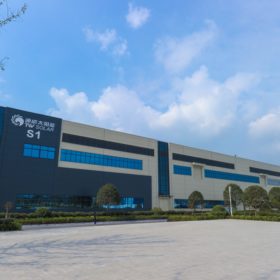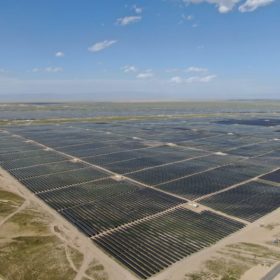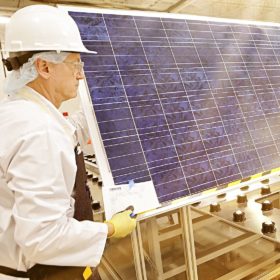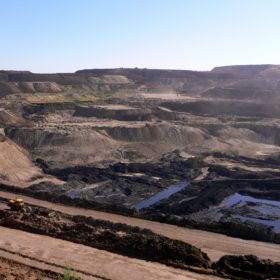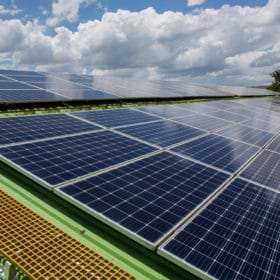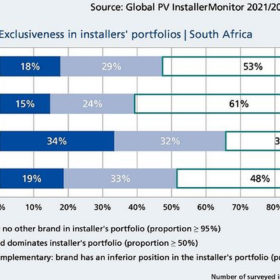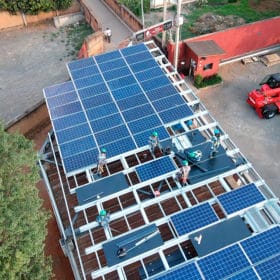Chinese PV Industry Brief: Tongwei, JA Solar reveals capacity expansion plans
Tongwei has revealed plans to add 25 GW of new module capacity at a new factory in Jiangsu province, while JA Solar has said that it will expand wafer, cell and module capacity across two industrial sites.
Chinese PV Industry Brief: Longi, JA Solar, Yingli share 1.05 GW of panel orders
Longi, JA Solar and Yingli have agreed to collectively supply 1.05 GW of solar panels to China Southern Power Grid, while Daqo New Energy has secured board for a planned $700 million share repurchase program.
Chinese PV Industry Brief: Canadian Solar resumes IPO plans
Canadian Solar has resumed plans for an initial public offering in Shanghai, and JA Solar has reported that it shipped 27.1 GW of PV modules in the first nine months of this year. Daqo, meanwhile, has signed a $17.9 billion, long-term polysilicon supply deal with an undisclosed customer.
Solar industry braces for impact of Inner Mongolia’s shift on power prices
Energy policy in China’s Inner Mongolia region took a sharp turn on Aug. 30, when the authorities decided to terminate discounted power prices, effective immediately. The full impact of this shift remains to be seen.
Industry players discuss solar market outlook in Africa
JA Solar and Clenergy sponsored a recent webinar that explored the outlook for solar deployment in a number of southern African countries.
Module brands that earn the trust of solar installers
The latest global PV installer survey by Germany’s EUPD Research offers a hint of the solar brands which installers, mostly based in Europe, gravitate toward. This year’s report also ventured to South Africa and considered mounting systems for the first time.
Polysilicon maker predicts 5-year shortage of solar raw material
TBEA-owned Xinte Energy says it cannot produce polysilicon quickly enough to meet demand and wants shareholders to back its bid to quadruple its manufacturing capacity by mid 2024.
Seesawing energy prices renew demand for solar in North Africa
Climate change ambitions announced by the governments of Egypt and Morocco are symptomatic of a desire for clean power sites with regional policymakers leaning towards auction-set payments for clean power, according to a recent webinar.
Net metering would offer a solar rooftop alternative to uneconomic Kenyan utilities
Commercial and industrial clients across the continent are turning to solar amid fears ever more cash-strapped conventional electricity companies will be unable to invest in their creaking grids, an online event has heard.
‘Africa’s leaders need to walk the walk on solar’
Attendees at an online event dedicated to rooftop solar in Central Africa called for customer incentives, tax exemptions for solar kit, feed-in tariffs, installation standards, affordable finance, grid connections and recycling policies across the region.
